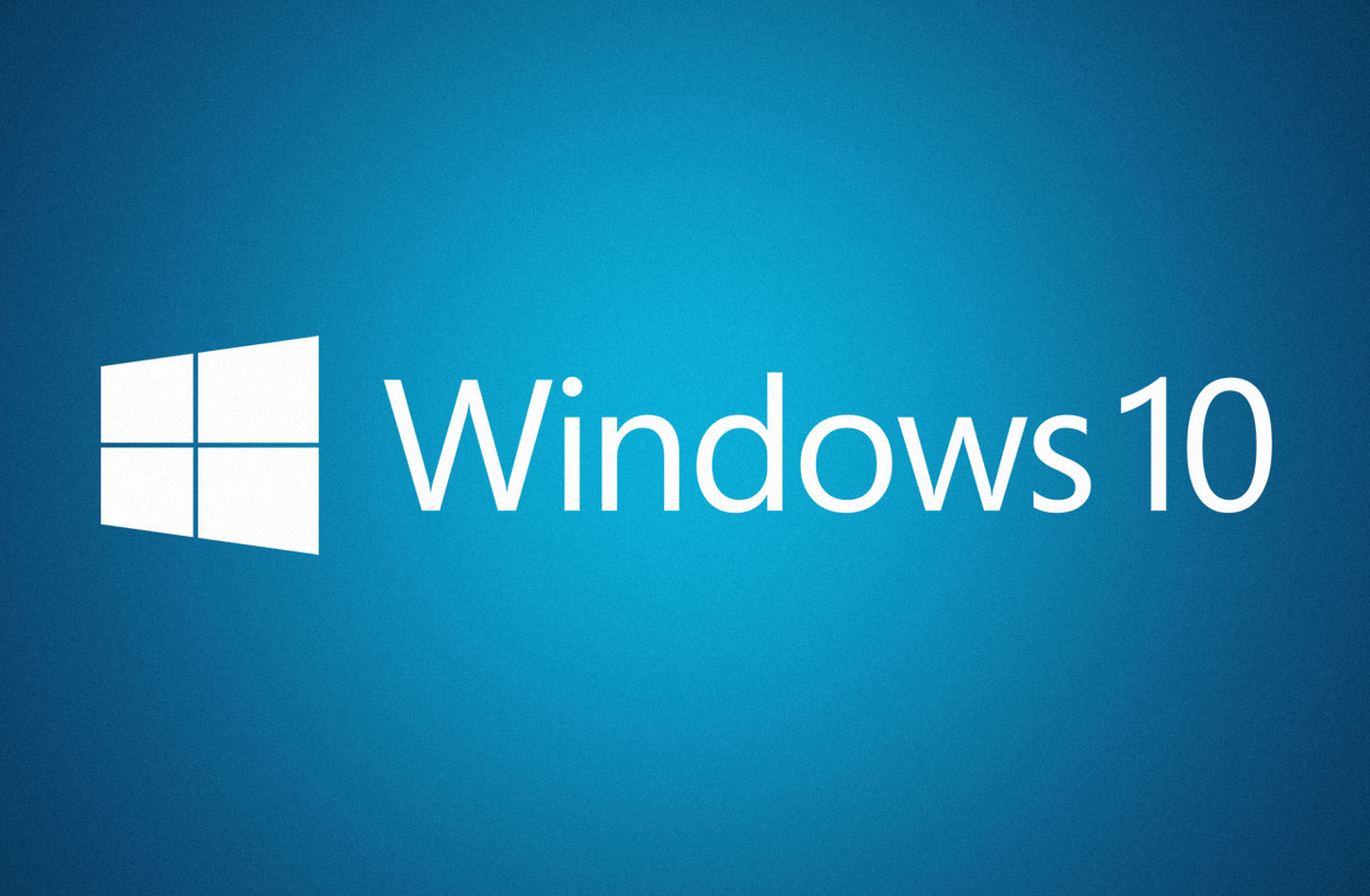windows 10 free download single link
Windows 10 free download
Windows 10 is a personal computer operating system released by Microsoft as part of the Windows NT family of operating systems
Looking back at Windows 8, it’s easy to see where Microsoft went wrong. It was a giant bet on touch-based computing, but it made using a PC with a keyboard and mouse awkward, frustrating, and outright confusing. In our original review, I wrote that there was a “risk of alienating users and creating another Vista-like perception catastrophe” due to the sweeping changes.
That’s exactly what happened: developers didn’t flock toward Windows 8, and regular users did their very best to avoid it. While the tablet interface was a great experience, the rest annoyed everybody who just wanted a laptop that worked the way they were used to. Microsoft is trying to fix all that with Windows 10.
Windows has a cycle. Windows XP saved us from Windows ME, Windows 7 saved us from the Windows Vista mess, now Windows 10 is here to save us from Windows 8.
It’s nice to be on the good part of the cycle.
If you’re upgrading to Windows 10 on a desktop or laptop PC, then prepare to be delightfully surprised: the Start menu you know and love is back. It feels slightly odd to celebrate its return, as it should never have gone away. It’s probably the biggest change, aside from the dark theme, that you’ll notice after Windows 8. But Microsoft hasn’t simply just reinstated the old version from Windows 7. Instead, it’s completely redesigned it in a way that combines the best aspects of the last two versions of Windows
Instead of booting you a completely different screen, the Start menu lives in the lower-lefthand corner — just like it did in Windows 7. Microsoft is keeping the Live Tiles it introduced in Windows 8, but it’s put them inside the Start menu. That means that they won’t take up your entire monitor anymore (unless you really want them to). You can pin both modern and traditional apps to the Start menu, and there’s easy access to settings, shutdown or restart, and a list of most-used apps complete with handy jump lists for apps like Word that handle files. This mix of features feels like the best approach for bringing the Start menu back, and you can resize it freely to customize it further.


Comments
Post a Comment